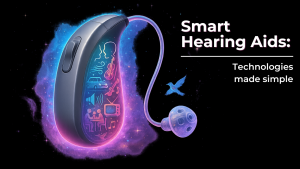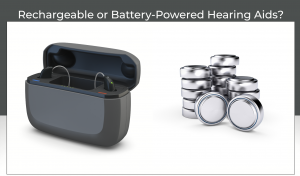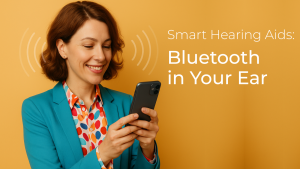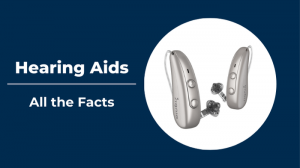
Bluetooth Hearing Aids: What’s New in 2025
Bluetooth hearing aids are a natural step forward in our increasingly connected world.
Bluetooth has become an essential part of everyday life – keyboards, mice, and game controllers all connect wirelessly to PCs. Printers, scanners, and speakers too. In cars, Bluetooth links smartphones to infotainment systems and hands-free kits. Even kids’ toys, item trackers, and smart home devices all rely on Bluetooth.
Table of contents
What Types of Bluetooth Hearing Aids Are Available?
Today, Bluetooth hearing aids come in nearly every form factor – from small in-the-ear (ITE) devices to behind-the-ear (BTE) models. The right choice depends on your ear anatomy, level of hearing loss, fine motor skills, and personal preferences.
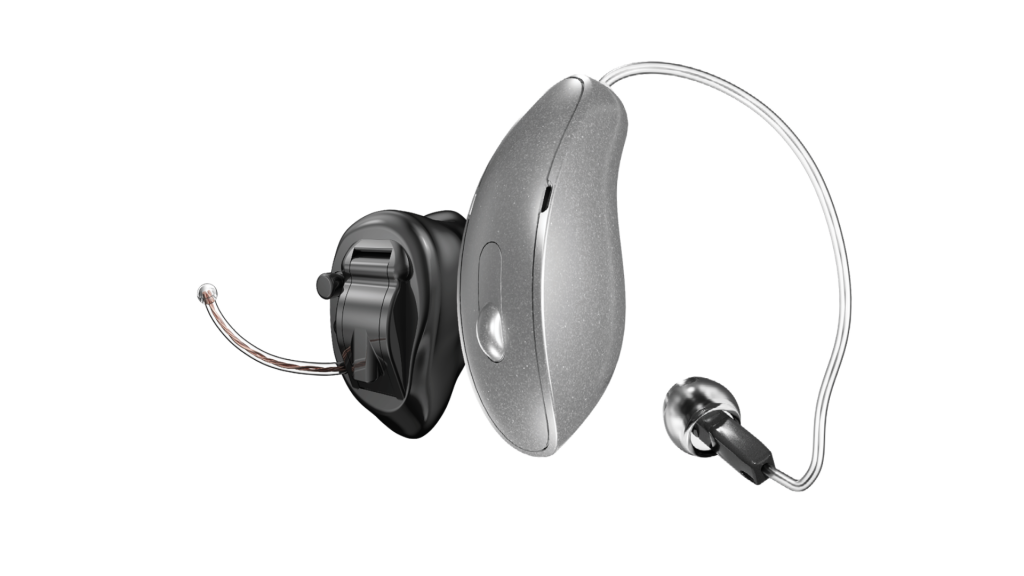
We expect to see even more innovation in Bluetooth hearing aids in the near future.
Here’s an overview of the current models available. Please note: These are just individual examples meant to illustrate the range of available options.
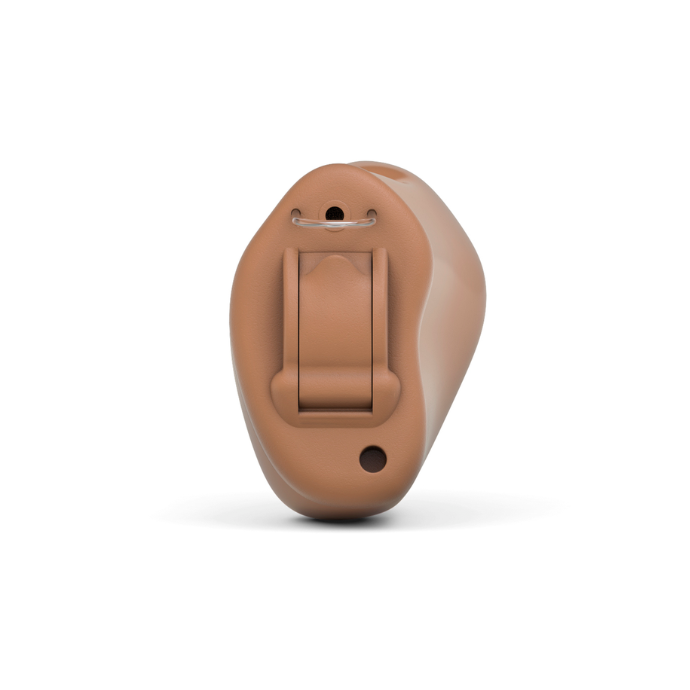
ReSound Quattro Neo: A small, Bluetooth-enabled ITE device. However, its external antenna is somewhat delicate. Careful handling is needed when inserting or removing the hearing aid to avoid damaging the cable over time.
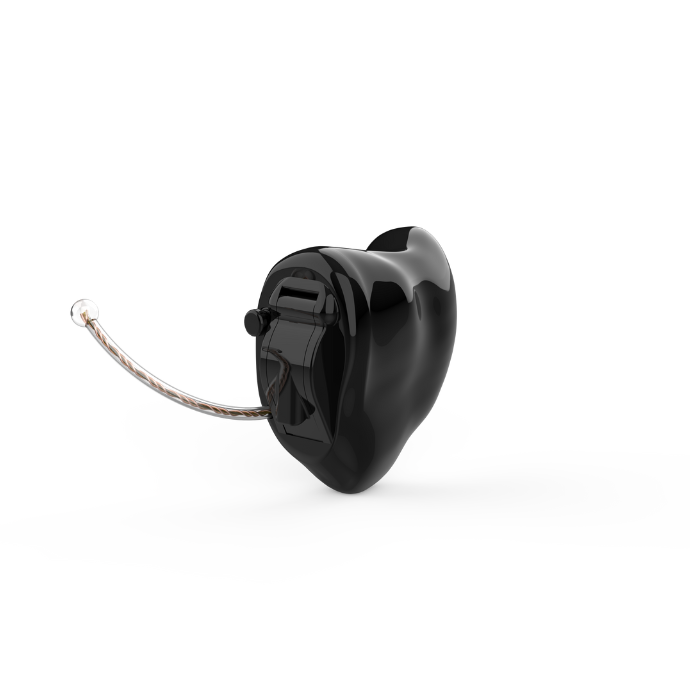
Starkey Edge AI (wireless CIC): A direct competitor to the ReSound Linx Quattro. This small ITE model features a more robust, discreetly positioned external antenna and a new chip for faster and more stable connectivity.
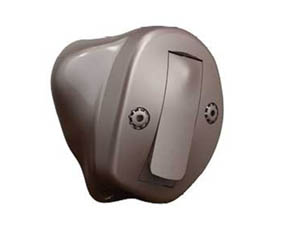
Oticon Own (ITC model): A slightly larger in-the-canal device where all Bluetooth components are built into the housing—making it more resistant to damage. Available from several manufacturers.
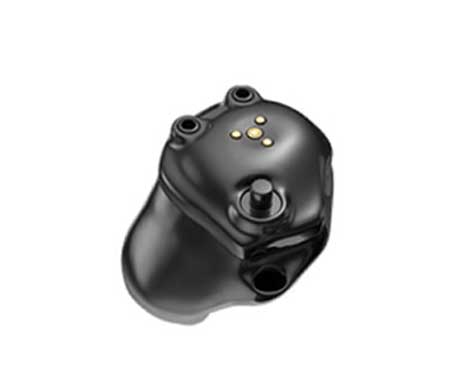
Starkey Edge AI (Rechargeable ITE): Includes all components—including a rechargeable battery—within the casing. This design is slightly larger than the battery-powered ITC version.
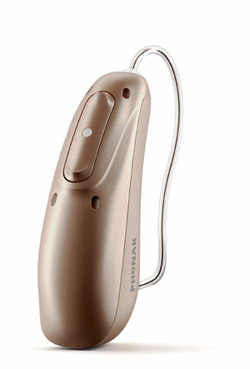
Phonak Audeo Infinio (RIC): Bluetooth has been standard in receiver-in-canal (RIC) hearing aids for some time and is supported by all major brands.
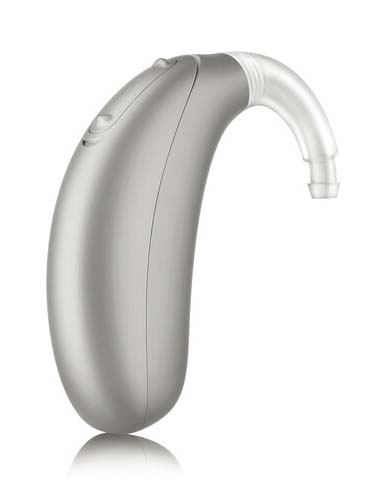
Unitron V Stride (BTE): Classic behind-the-ear design with Bluetooth support – representative of other manufacturers as well.
How Much Do Bluetooth Hearing Aids Cost?
Bluetooth functionality has only a minor impact on the cost of a hearing aid. What really matters is the level of technology—especially features for speech enhancement and background noise reduction.
What Bluetooth Standards Are Used in Hearing Aids?
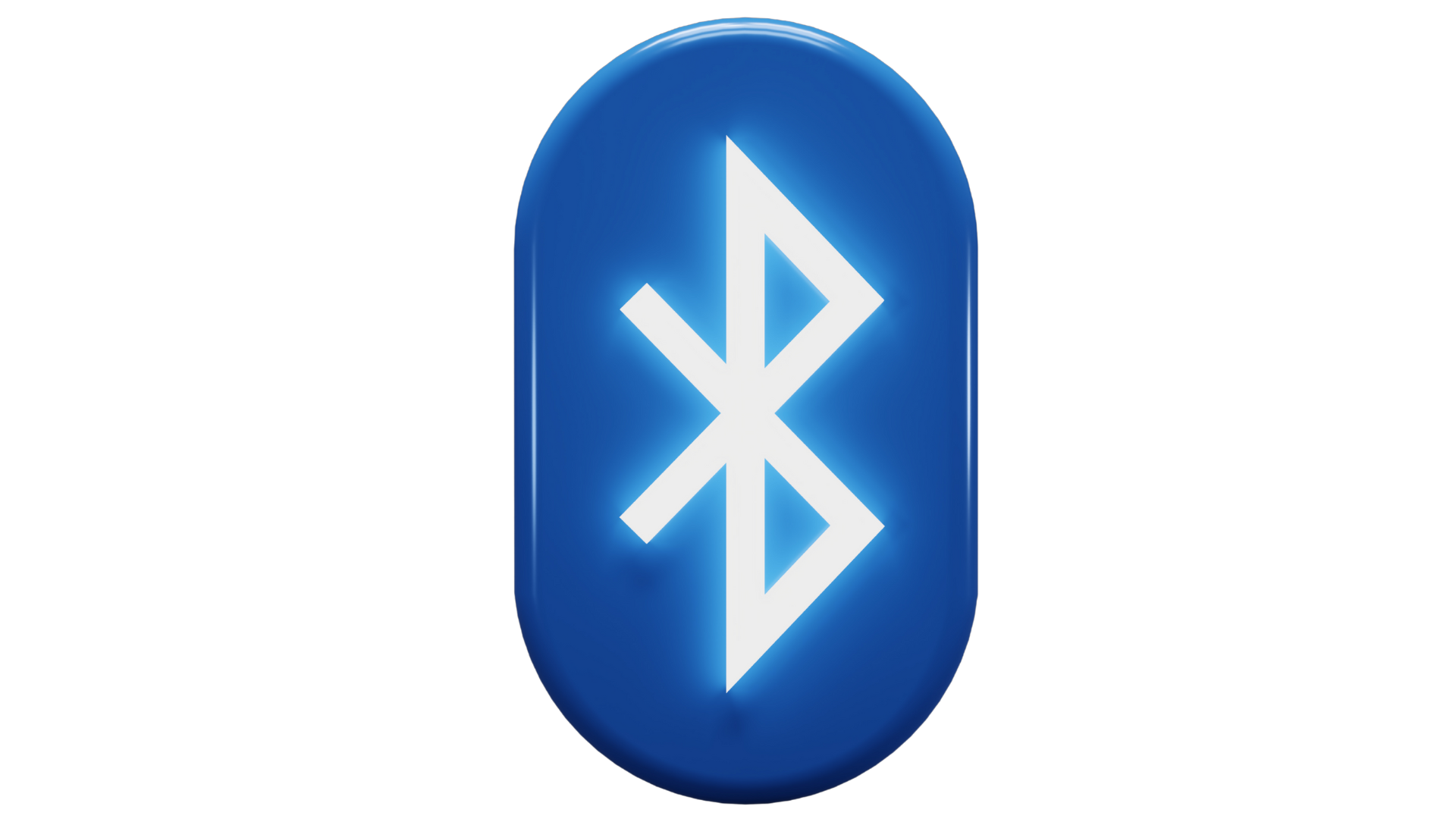
Currently, different manufacturers use different Bluetooth protocols:
Bluetooth 4.2
Used by the Sonova Group (Phonak, Unitron, Hansaton) for streaming audio. For app-based control, these devices use Bluetooth Low Energy (BLE).
| Pros | Cons |
|---|---|
| Excellent sound quality | High power consumption |
| Stable connection | No true stereo: only one hearing aid connects to the phone, then relays the signal to the other |
| Compatible with iOS and Android for hands-free calling |
Bluetooth Low Energy (BLE)
LE Audio was introduced in 2020 and finalized in 2022. Its goal: minimize signal dropouts by dynamically lowering the data rate as distance increases – resulting in fewer connection issues. Within range, sound quality is excellent – comparable to Bluetooth 4.2, and in some cases, even better.
| Pros | Cons |
|---|---|
| Low energy consumption = long battery life | Streaming music? Not the best. But for podcasts and phone calls, it works just fine. |
| Android still lags behind iOS. For example, hands-free calling currently only works with Apple devices. |
LE Audio: The Next Bluetooth Evolution
Introduced in 2020 and finalized in 2022, LE Audio was designed to minimize signal dropouts over distance. The solution: as the distance increases, the data rate decreases – ensuring a more stable connection. While this may slightly reduce audio quality, it prevents annoying disruptions.
Within the recommended range, LE Audio delivers excellent audio streaming quality – far better than classic Bluetooth Low Energy and comparable to Bluetooth 4.2. Whether it actually sounds better depends on your personal listening experience.
What is Auracast and How Does It Work?
Auracast is a transmitter that can be installed with minimal effort. It sends audio to any compatible device—no pairing or registration required. Users simply open their phone to view available sources and choose which ones to connect to. Multiple sources can be active at once.
For example, while waiting at the airport, you could stream music and still receive boarding announcements directly through your hearing aids.
Auracast can greatly improve speech understanding in challenging environments like conferences, train stations, or busy public venues.
Here’s how it works: the analog signal is first digitized, then reconverted into analog for playback. This process takes time, and if you’re also hearing the same sound live through your hearing aid microphones, it can create a distracting echo.
That’s why the developers of Auracast focused on creating an encoder/decoder system that minimizes this delay – delivering a high-end listening experience.
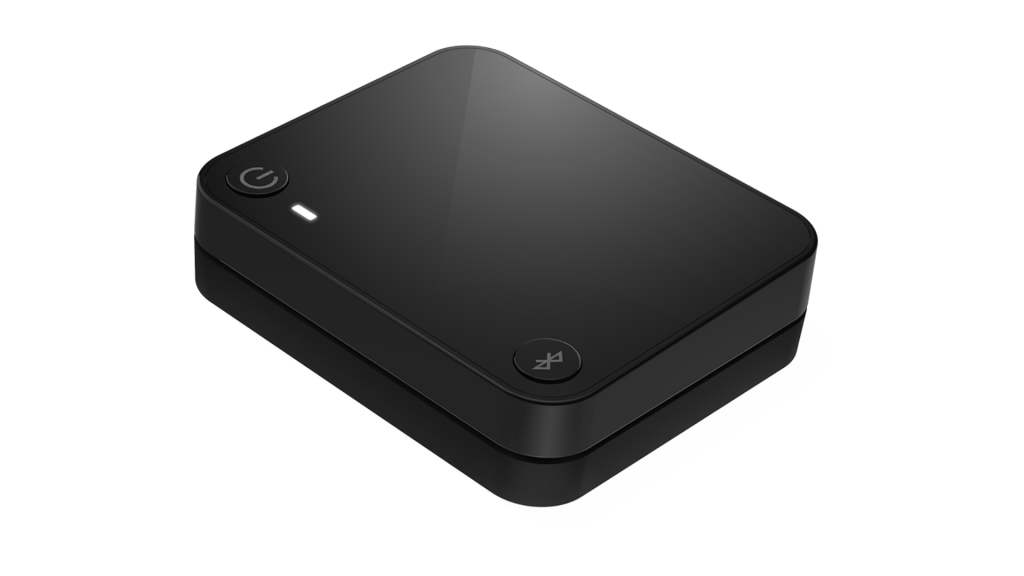
Another big plus: the Auracast transmitter fits into a compact, portable streamer. It doesn’t have to be permanently installed and is ideal for mobile use when needed.
Like any new technology, it will take time for Auracast to reach widespread adoption.
Which Hearing Aids Already Support Auracast?
Status: March 2025
Which Hearing Aids Already Support Auracast?
Status: March 2025
As of now, only a few manufacturers have integrated Auracast into their hearing aids.
ReSound was the first to launch Auracast with its Nexia series, followed by full Auracast support in the newer Vivia and Savi product lines.
Starkey was the second brand to adopt Auracast, introducing it with the Edge AI series.
Both ReSound and Starkey also offer compact Auracast TV transmitters. These provide outstanding TV sound quality and can also be used as general Auracast transmitters for other compatible devices – like headphones.
Many other manufacturers—such as Oticon, Bernafon, and Signia—have stated that their current hearing aids are Auracast-ready. A firmware update will be released at a later date to activate the new Bluetooth standard. However, there is no confirmed timeline yet for when this update will become available.
| Pros | Cons |
|---|---|
| Low energy consumption → Long-lasting batteries or all-day rechargeable use | Bluetooth 5.2 isn’t yet standard across all devices – many TVs, smartphones, and other tech need to be upgraded or updated |
| Excellent streaming sound quality for music and other audio content | |
| Equal support for iOS and Android smartphones | |
| Universal interface → No longer dependent on proprietary accessories |
Key Advantages of Bluetooth Hearing Aids
| Advantages | Disadvantages |
|---|---|
| Remote fine-tuning by your hearing care professional | Older Bluetooth hearing aids tend to be less stable and prone to dropouts |
| Extensive app features: location tracking, health data, Internet of Things integration, customizable settings | Firmware updates are often required for both hearing aids and smartphones to maintain compatibility |
| Direct phone call streaming to both ears, with the option to mute microphones for fewer background distractions | Connection issues may arise after system or app updates, especially on Android devices |
| Stream podcasts, music, videos, audiobooks, and GPS directions straight to your hearing aids | Not all smartphones are compatible—always check with your hearing care provider before purchase |
| Automatic emergency contact activation in the event of a fall (available in select models) | Bluetooth pairing must be done correctly, and may need to be redone after updates |
Common Bluetooth Issues
For seamless smartphone integration, two factors are crucial:
- Is your smartphone compatible?
- Have your hearing aids been correctly paired?
If an update occurs – whether in the hearing aids, the phone’s OS, or any related apps – Bluetooth connections can break. Often, the pairing must be deleted and re-established manually. This is especially common with Android due to its open system and frequent software changes.
Conclusion
Bluetooth hearing aids are a modern and convenient advancement that can make daily life much easier. That said, a basic understanding of how Bluetooth works—or the willingness to learn—is highly recommended to get the most out of your devices.
The LE Audio-based feature Auracast is particularly exciting. We’re eager to see how it will integrate into everyday life as more devices adopt the standard.
About the author
Alle Hörgeräte mit Bluetooth auf einen Blick:
Weitere interessante Artikel zu Hörgeräte-Technik
- Smart Hearing Aids: The Technologies That Define Modern Devices in 2025

- Rechargeable vs Battery Hearing Aids: 6 Key Factors to Help You Decide

- Bluetooth Hearing Aids 2025: How Smart Hearing Aids Enhance Your Listening Experience

- Bluetooth Hearing Aids: What’s New in 2025

- Hearing Aids 2025: Everything You Need to Know

- Starkey Edge AI Hearing Aids – Innovative, Powerful, and Energy-Efficient in 2024

Bildquelle: Gerd Altmann auf Pixabay


